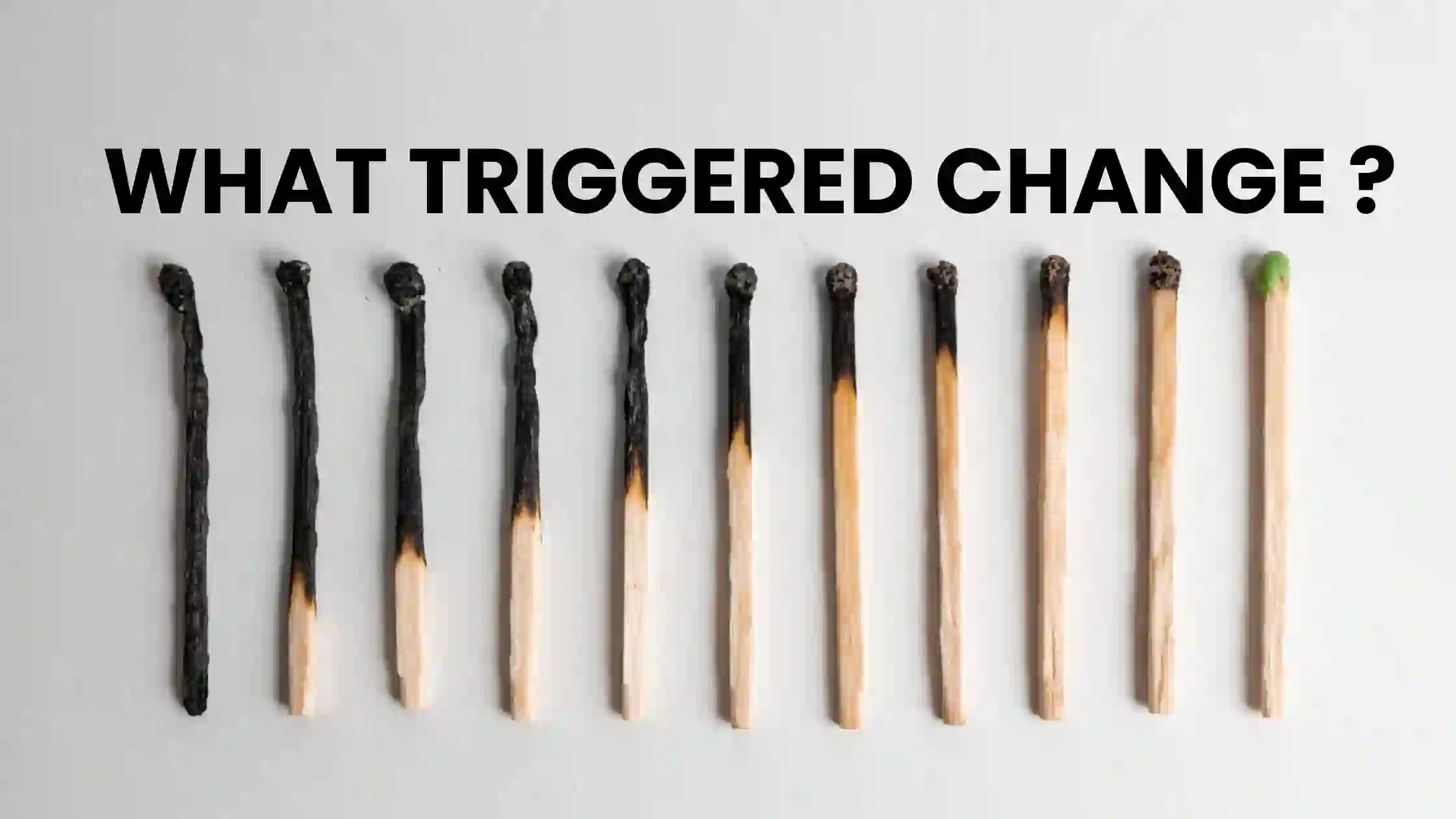The Historical Context of Gallantry Awards
The concept of recognizing acts of bravery dates back to ancient civilizations, where warriors and heroes were celebrated for their extraordinary feats on the battlefield. Various cultures have historically assigned special significance to valor and bravery, often memorializing these acts through stories, rituals, and symbols. For instance, in ancient Rome, the corona civica was awarded to those who saved the lives of fellow citizens in battle, an early precursor to formalized gallantry awards. Similarly, in India, the Rajput warrior clans would honor their fighters by bestowing titles and gifts that signified their courage and loyalty.
The need for a more structured recognition system became evident as nations evolved and formalized military structures took shape. The establishment of official gallantry awards arose as a means to honor not only military personnel but also civilians who displayed extraordinary courage in perilous situations. The Victorian era marked a significant point in this evolution, with the introduction of awards such as the Victoria Cross in 1856 by Queen Victoria. This award was established to acknowledge acts of bravery by British Armed Forces, and its introduction prompted other countries to follow suit with their own systems of recognition.
Key Milestones in the Evolution of Gallantry Awards
The history of gallantry awards is marked by significant milestones that reflect the evolving nature of honor and bravery in society. One of the earliest recognitions of gallantry can be traced back to the creation of the Victoria Cross in 1856, which was established to reward acts of valor during the Crimean War. This award laid the groundwork for modern military honors and created a precedent for recognizing extraordinary bravery in combat. Its introduction was revolutionary, signaling a change in how nations perceived and acknowledged the sacrifices made by their soldiers.
As the world faced new conflicts and challenges, the criteria for awarding gallantry evolved. In the 20th century, particularly during the two World Wars, numerous countries established their own systems of honors, with awards such as the Medal of Honor in the United States and the George Cross in the United Kingdom emerging. These awards not only recognized individual acts of heroism but also reflected a societal shift towards honoring collective sacrifices made by service members and civilians alike. The inclusion of non-combat situations, such as humanitarian efforts and rescue operations, broadened the scope of what constituted gallantry.
In the latter half of the 20th century and into the 21st century, there has been a notable trend towards the modernization of gallantry awards. This has included the introduction of new awards catering to specific branches of service, as well as the inclusion of criteria that acknowledge service in peacekeeping missions and other crises. Furthermore, the impact of global conflicts has led to a push for greater inclusivity within the honors system, recognizing diversity among the recipients of these awards. As society continues to evolve, so too do the values and ideals associated with gallantry, underscoring the importance of adaptation in the recognition of extraordinary contributions to humanity.
The Criteria and Significance of Gallantry Awards Today
Gallantry awards serve as a benchmark for recognizing extraordinary acts of bravery and courage exhibited by individuals, particularly within the armed forces. In contemporary society, the criteria for receiving these honors are clearly defined and reflect a combination of valor, selflessness, and commitment to duty. Typically, the actions taken by a recipient must involve significant risk to personal safety and demonstrate an unwavering dedication to the protection of others. This recognition is not limited to combat scenarios alone; it can also extend to life-saving acts performed in civilian contexts, thus broadening the scope of what constitutes gallantry.
The qualities considered exemplary in the selection process include not only physical bravery but also leadership qualities that inspire others. Recipients are often individuals who have acted decisively in critical situations, displaying remarkable presence of mind under pressure. This aspect reinforces the notion that true courage is as much about mental fortitude as it is about physical acts of valor. Furthermore, nominations for gallantry awards typically involve a thorough investigation into the circumstances surrounding the act, ensuring a transparent and unbiased selection process.
The significance of gallantry awards extends beyond mere recognition; they play an essential role in shaping public perception of heroism and valor. By commemorating acts of bravery, these awards inspire future generations to aspire to similar standards of courage. They also serve to boost morale within the armed forces, fostering a culture of honor and recognition, thereby motivating service members to undertake their duties with greater zeal. In addition, the public acknowledgment of such outstanding actions raises awareness about the sacrifices made by individuals in the name of safety and security, cultivating a collective respect for heroism in society. Ultimately, gallantry awards not only celebrate individual valor but also reinforce the values of bravery and selflessness that are vital to communal harmony and security.
Future of Gallantry Awards: Challenges and Opportunities
The evolution of gallantry awards is pivotal in recognizing acts of bravery, yet the future of these awards faces numerous challenges. One significant hurdle is the varying cultural perceptions of bravery that exist across societies. In contemporary times, notions of heroism are often influenced by communal values, the context of actions, and the medium of recognition. This divergence can lead to implications in how gallantry awards are perceived and awarded, potentially detracting from their intended purpose. To adapt to this dynamic environment, there is an urgent need for an inclusive approach that embraces a wider definition of bravery.
Furthermore, shifting societal values pose another challenge to the traditional concepts of heroism. As societies evolve, the traits admired in individuals may change. Consequently, gallantry awards must consider the contexts in which courage is displayed. For example, amid rising discussions on social justice and community service, the bravery exhibited by individuals in civilian life could be deserving of honor alongside military feats. This potential broadening of criteria presents opportunities to highlight a diverse range of courageous actions, engaging a broader audience and ensuring relevance in modern culture.
Moreover, the evolution of technology plays a crucial role in shaping the future of gallantry awards. Digital platforms offer new avenues for recognition, allowing for community involvement in the nomination and selection process. This democratization of awards can enhance transparency and inclusiveness, resulting in a more representative acknowledgment of bravery across various sectors of society.
Ultimately, the future of gallantry awards hinges on their ability to adapt to changing societal norms while remaining steadfast in their mission to honor courage. By embracing a wider perspective of bravery and leveraging technological advancements, these awards can ensure that acts of valor continue to be recognized and celebrated for generations to come.






